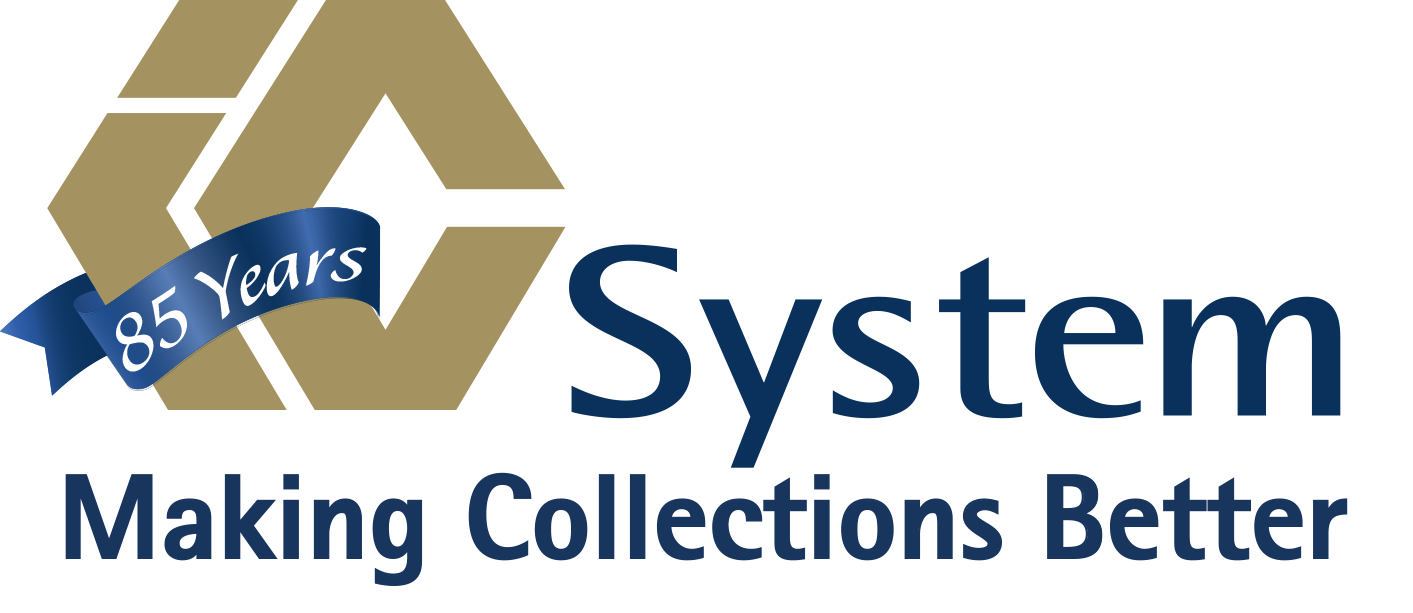Do you have the best dental billing schedule for collections?

A dental billing schedule deserves a universal commitment from all staff who interact with patients. When patient balances are allowed to age, the practice has less cash to work with to cover expenses. A disciplined dental billing schedule for account receivables will maintain consistency throughout the office and prevent unnecessary delays from eroding profits.
Begin by asking these four questions to guide you through a mini-assessment of your billing system.
How much time passes between the appointment and the first request for payment?
A simple reminder is often all the prompting a patient needs to send payment. Still, small practices may lack the staff and resources to maintain a consistent turnaround time. If patients are waiting several weeks before they see the first bill, it’s time to make it a top priority to kick out these invoices on a set schedule, no more than a week after the appointment. Even better, some practices have discovered they increase cash flow simply by requesting payment when the patient checks in. Others reduce no-shows by collecting co-pays over the phone at the booking stage.
How often do you contact late accounts?
As soon as a patient’s bill is late, your billing management system should deliver a prompt to give these accounts more time and attention. Two weeks after the second notice, add a personal touch. Draft a brief letter that’s friendly and straightforward. Acknowledge that everyone has forgotten to pay a bill on time, and this is a friendly reminder that payment is due immediately. Then, inform the patient and include days of the week and times when they can reach a person in the practice who can answer questions. After this letter and the third bill are sent, contact overdue patients regularly, reminding them of your terms of service, using both phone calls and mailed reminders.
Are you making too many exceptions?
Sometimes, a well-meaning staffer (or even a dentist) will agree to repayment terms that create unnecessary delays in payment by several months. While most want to be helpful when patients fall on hard times, it’s important to construct a written financial policy that sets up specific criteria and procedures to work with these situations. This will ensure fair treatment of patients without leaving the practice with a batch of too-old noncollectable accounts.
How soon are you turning to a third-party collection partner?
It’s a common misconception that collections only get involved with seriously delinquent accounts, or that they’re too expensive for small practices. After 60-90 days of non-payment, you should have contacted (or attempted contact) with the patient several times. At that point, it’s time to tap into the resources and expertise from a third-party collection partner.
Learn more about our IC System’s dental solutions priced for any size practice.
Need collection help?
Call us at 1-800-279-3511 to REQUEST PRICING!
About the Author: Brian Eggert
Brian Eggert is a business development specialist and writer for IC System, one of the largest receivables management companies in the United States. With 18 years in the collection industry, Brian's experience includes operations, client service, proposal writing, blogging, content creation, and web development.










